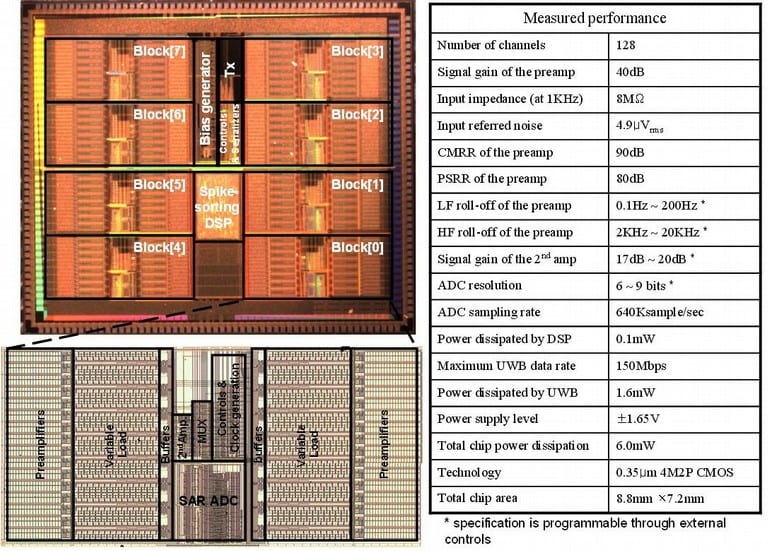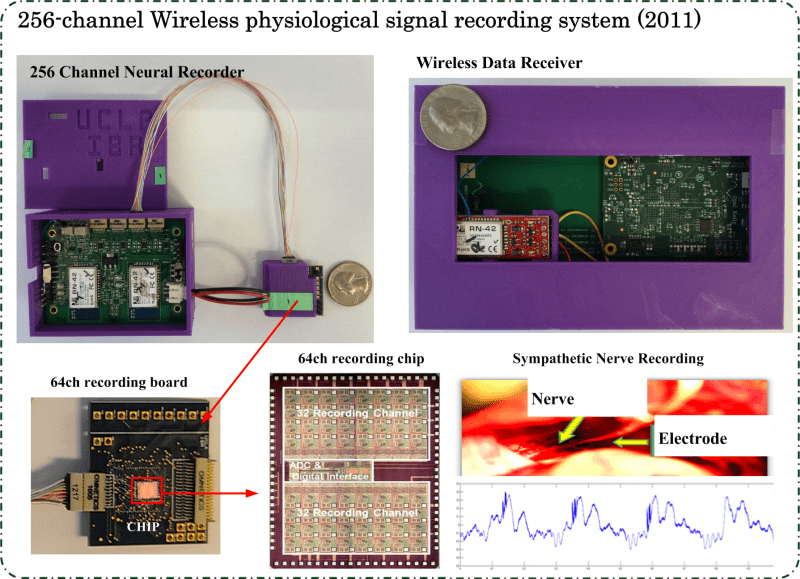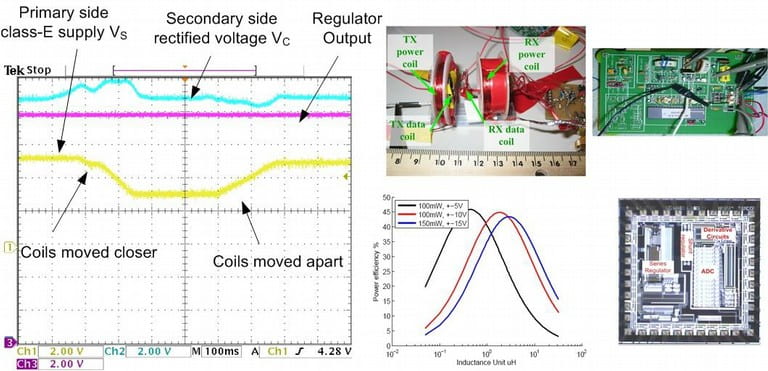Advances in micro electrode arrays (MEA) have enabled neuroscientists and researchers in biomedical engineering to take advantage of a large number of channels, and this has made it possible to pursue a variety of neuroprosthetic applications such as treating spinal cord injuries, deep brain stimulation to treat Parkinson’s disease. This also requires neural recording electronics that are small enough to be integrated close to the MEA and consume less power so that they can be safely placed close to the tissue. Though several efforts have been made by the research community to minimize the power and area of each individual circuit block, almost no attention was paid to find the trade-offs among those circuit blocks to achieve an optimal design. We are currently developing optimal design methodologies for integrated neural recording systems that allow the optimal design for a given set of specifications and constraints. These are verified by custom chip fabrication and verification. Wireless telemetry is essential for recording neural signals from the subject in its natural environment. We are currently developing wireless transceivers for short range telemetry for neural signals. Power and area are the key parameters for the transceivers to be implantable. We are investigating different architectures and the associated tradeoffs between computation and communication.

Selected Publications
- “A 12-channel 6mW Wireless Neural Recording IC with On-the-fly Spike Sorting and UWB Transmitter,” M. Chae, W. Liu, Z. Yang, T. Chen, J. Kim, M. Sivaprakasam, and M. R. Yuce, International Solid-State Circuits Conference, February 2008.
- “An Integrated Multi-Channel Neural Recording System,” M. Chae, W. Liu, and M. Sivaprakasam, BMES Annual Fall Meeting, September 2007.
- “A Wideband Telemetry Unit for Multi-Channel Neural Recording,” M. R. Yuce, W. Liu, M. Chae, and J. Kim, IEEE International Conference on Ultra-Wideband, September 2007.
Collaborators
- Huntington Medical Research Institutes
- Arizona State University




